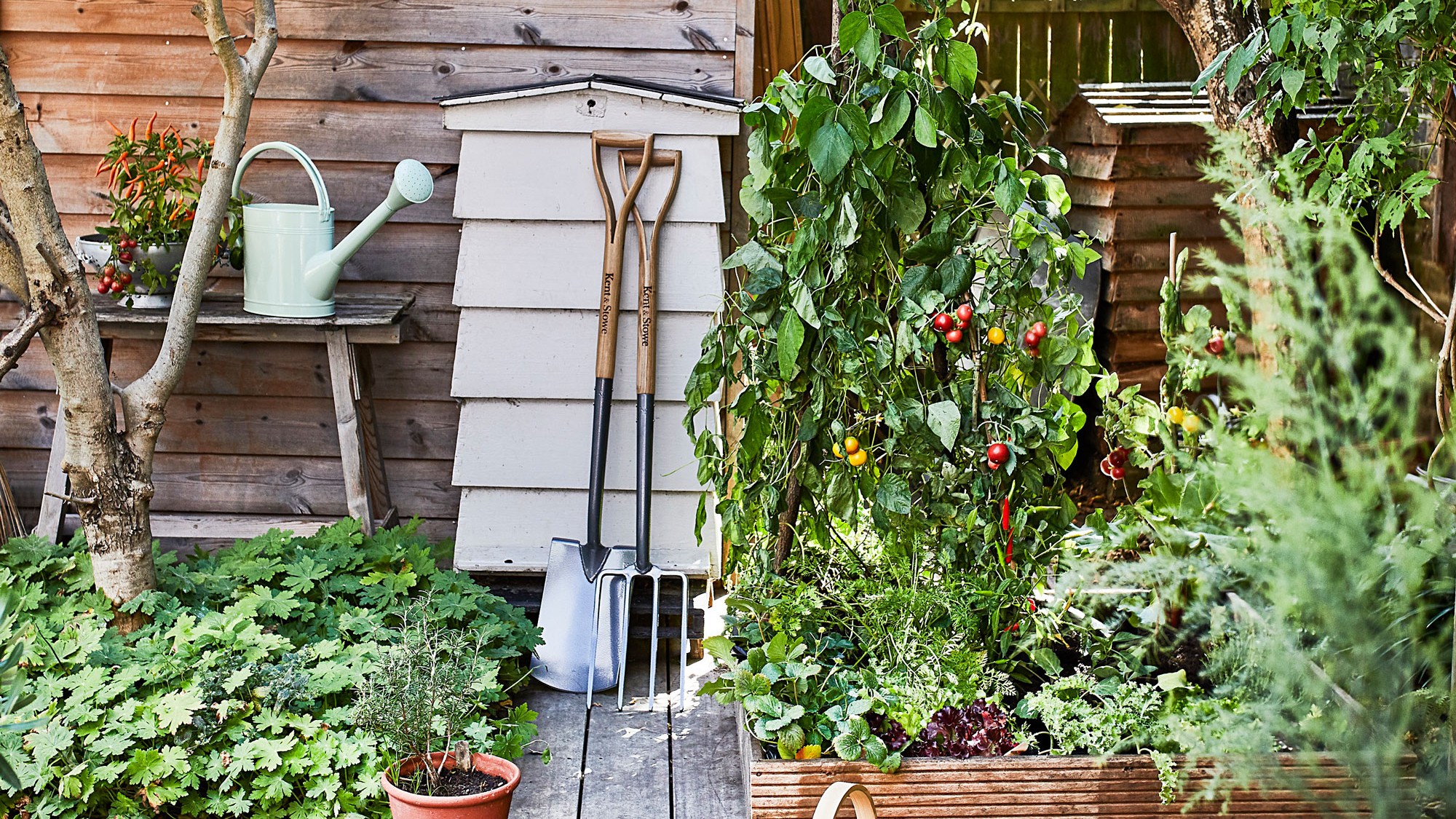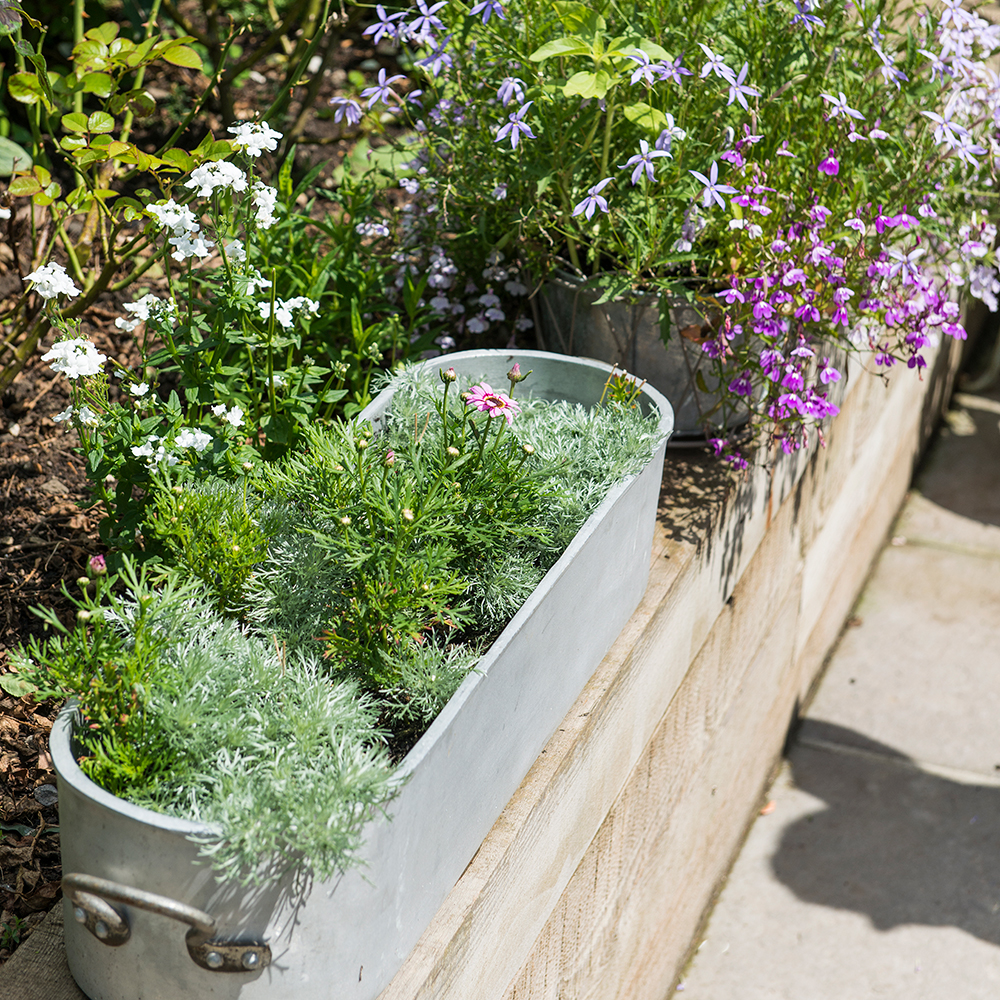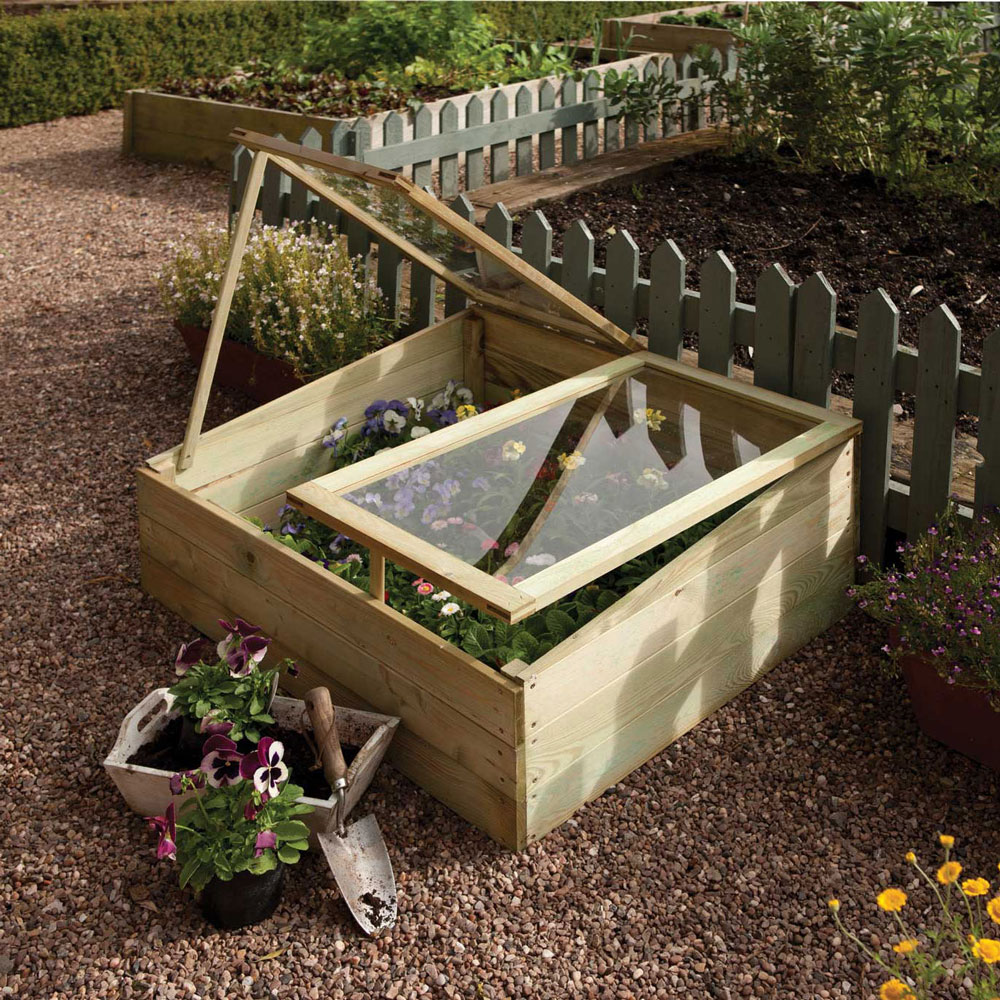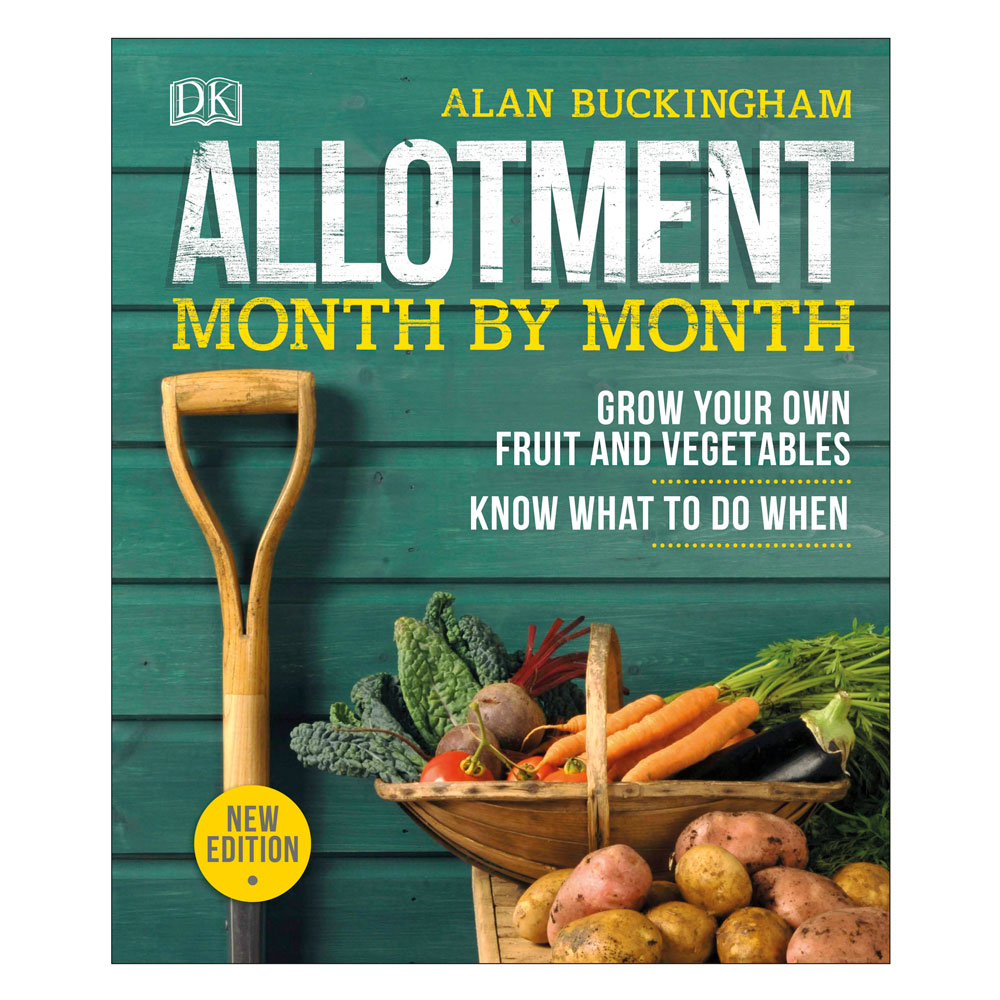How to grow your own vegetables, fruit, herbs and more at home
Set aside a corner of the garden for cultivating veg, fruit and flowers for cutting


Nothing beats the flavour of home-grown veggies and now's the best time to get planting. These handy tips on how to grow your own will help you to get started in your garden – just take your pick of your favourite fruits and vegetables.
Take charge of your plot with our best garden ideas
1. Choose the best spot
Ideally, you want to create a veggie patch in an area that gets plenty of sun, is away from trees (which can gobble up precious nutrients from the soil) and is sheltered from the wind as much as possible. 'Most vegetables need around six to eight hours of sunlight per day to help them thrive,' says a spokesperson from GardenBuildingsDirect.co.uk. 'A relatively flat surface is needed to ensure roots don’t get tangled and having a source of water nearby can help when it comes to watering the plants.'
Choosing what you want to grow will also depend on how much space you have. So measure up carefully and sketch out a plan to make the best use of your chosen spot.
Buy now: Kent & Stow carbon steel digging spade, £17.99, Dobbies
Buy now: Kent & Stow carbon steel fork, £17.99, Dobbies
2. Divide up your plot
You'll need some flexibility in the growing area so you're able to rotate crops from one year to the next. This is beneficial for the soil and prevents the build-up of pests and diseases. Ideally, try and divvy up your plot into three for a three-year crop rotation. Group peas, beans and fruiting vegetables (such as cucumbers and peppers); then brassicas (cabbages and cauliflowers); and finally roots, onions and leaves (such as lettuce and spinach).
For any perennial crops, such as rhubarb and asparagus, or fruit trees and bushes, you'll need to allocate a permanent spot.
Sign up to our newsletter for style inspiration, real homes, project and garden advice and shopping know-how
3. Be space efficient

Use raised beds and vertical planting to make use of every inch of your garden. Raised beds are easy to manage as you control the soil you put in and they drain more freely. Plant in tubs, droughts and hanging baskets to make use of any extra space and use fences, trellis and wigwams to grow climbing beans and runners.
4. Begin with easy starter crops
'After looking at your space, you should also consider how much time you can give to your new edible patch,' say the folks at GardenBuildingsDirect.co.uk. 'Some seeds can be planted and don’t need much nurturing, whereas others need a lot of TLC. By choosing plants that fit to your schedule, you are preventing any problems further down the line.'
If you're planting a lot of different vegetables in one spot, be sure to label them so you'll know what you're pulling up in the future. Stone or slate labels can be decorative, too.
5. Buy a greenhouse

You can dramatically boost your harvest with a greenhouse – however, large or small. Here are a couple of reasons why it's worth the investment.
Buy now: Rowlinson timber coldframe, £79.99, Wyevale Garden Centres
It extends the season
Having your own greenhouse will enable you to start off seedlings earlier in the season, so they're better established when the weather becomes warm enough to plant them. You'll also be able to grow tender crops, such as aubergines and peppers, through the summer, and other plants later in the season to extend your harvest even more.
There's a greenhouse for any size garden
If you have plenty of space, go for a traditional glazed greenhouse. It should have ventilation as it can get very hot inside, and should be sited in a sunny position, away from trees and on a level base of paving or gravel. Add some tiered shelving inside so you can organise plants easily. Find a range of styles at Wyevale or B&Q, from £300.
For smaller gardens and anyone just starting out and not ready to go the whole hog, consider buying an inexpensive, flatpack mini greenhouse. They come in a range of sizes with zip-up PVC covers and wire shelves inside to hold seedling trays and plant pots. Choose from a range at Wilko and Homebase, starting at less than £20.
Related: Small garden ideas to make the most of a tiny space
6. Get this brilliant book

Find out how to organise your plot, when to plant and harvest, plus which jobs you should be tackling when, in this useful guide.
Buy now: DK Allotment Month By Month by Alan Buckingham, £17.99, Amazon
7. Don't forget to weed regularly
Although weeding can be time-consuming it is more necessary than ever with an edible garden. The weeds can compete with your plants for space, robbing them of vital nutrients they need to develop and grow. So don't forget!
We hope we've supplied all the inspiration you need to get your grow on.

Lisa is a freelance journalist who has written about interiors for more than 25 years. Previously editor of Style at Home magazine, she has worked on all the major homes titles, including Ideal Home, Country Homes & Interiors, 25 Beautiful Homes and Homes & Gardens. She has covered pretty much every area of the home, from shopping and decorating, crafts and DIY to real homes and makeovers and now regularly writes gardening stories for Ideal Home.